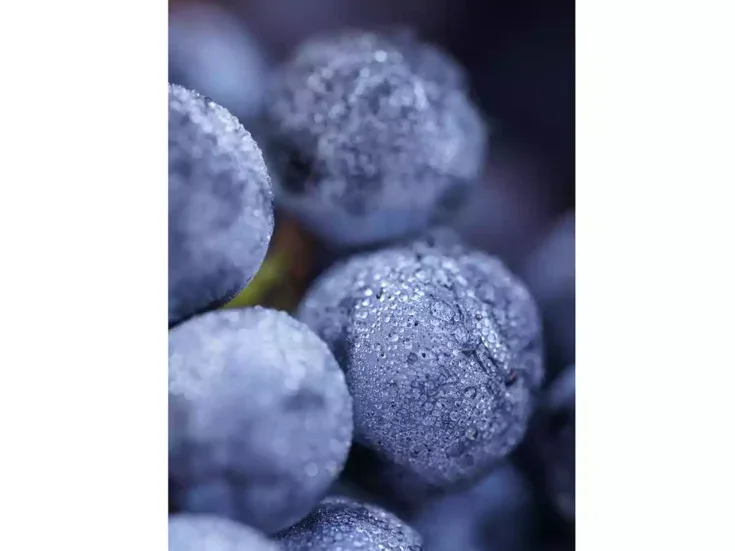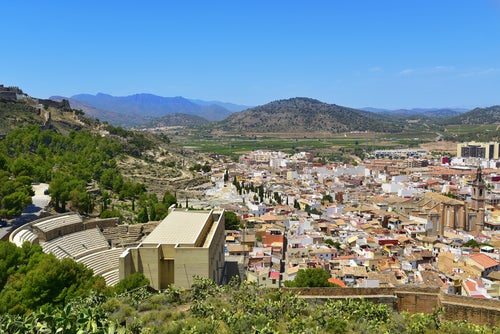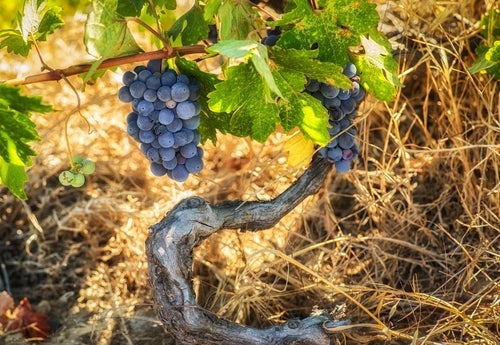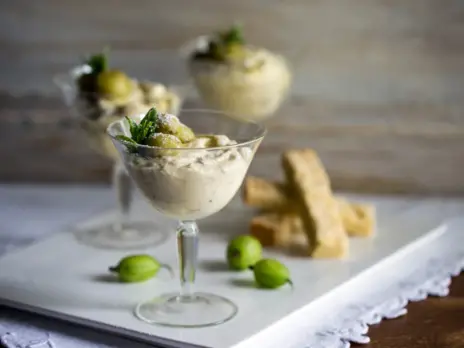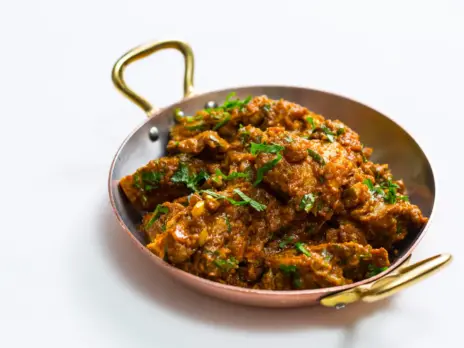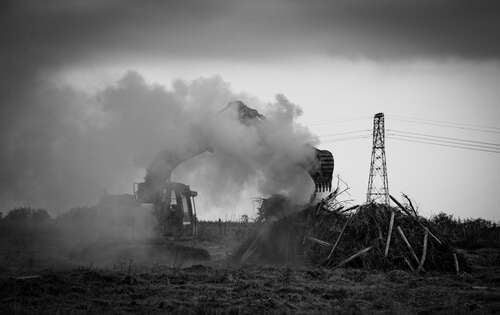
The world of French wine is in the middle of the worst crisis it has faced since phylloxera: a decline in wine consumption and wine-trade profits that leads, inevitably, to despair and the uprooting of a good quarter of the country’s vineyards.
The blame for the French wine crisis can be laid at the feet of the authorities and their inability to manage public health budgets intelligently. Caught between the Scylla of good financial management and the Charybdis of the powerful health lobby, the state has opted to sacrifice the best of our agricultural practices and our ability to promote it on the world stage. Our Spanish neighbors have protected their own viticultural influence by enshrining it in their constitution. Well, that’s just our tough luck. But it should be acknowledged that the French wine trade has failed to recognize its own involvement in creating this disaster, and this is perhaps true of Bordeaux more than anywhere else.
When I began my career as a wine writer, at the start of the 1980s, the difference in price between a simple Bordeaux and Château Petrus was a factor of 20, more or less. And everything that was sold was sold to be drunk. Today, the difference in price is in the order of 200. As a result, at the bottom of the ladder you have a situation in which the wines’ sales prices prevent producers from making a quality product, and at the top of the price ladder you find a speculative product whose drinkers are a handful of very rich wine lovers, most of whom live in undemocratic countries and who have a purchasing power at least 100 times our own. For a Chinese millionaire or a Russian oligarch, the price of a bottle of Cheval Blanc is of no more concern than the cost of a liter of mineral water is to me.
But even these elite consumers are beginning to realize that the price they’re paying for a kilo or so of grapes is somewhat exaggerated and that even the most sought-after wines of Bordeaux are not necessarily 20 times better than some of their peers. This has led to a crisis for the super-luxury bracket of wines, for the first time in contemporary history—so much so, in fact, that the prices of some of the top wines are beginning to fall. Most of us will have noticed that Bordeaux’s cru classé properties have dropped their prices by between 20% and 30% for the 2023 en primeur sales. And that’s before any discount has been applied. I received daily en primeur offers throughout January 2025 for wines from the region’s top properties, when 20 years ago these wines were sold out within a fortnight of their release.
Just think of the reaction of those who bought these wines on release as if they were stock options. Those who are furious about the chaotic pricing generally blame the excesses on the influence of overconcentrated, overoaked, overextracted, so-called Parkerized wines. And all this while any honest observer must acknowledge that the wines have never been better made or better representatives of their terroir and of the individual vintages.
French wine: A crisis of confidence
All this mess is down to a distribution system that has never really been called into question. The most sought-after wines in the world have been distributed for centuries through something we call the Place, by which I mean the négociants based in Bordeaux or the Gironde and whose job it has long been to sell these wines around the world. Producers sold them the bulk of their harvest, which meant that they didn’t have to sell their wines to consumers themselves. But times have become hard and the number of négociants has grown, increasing levels of competition while diminishing the financial returns, at a time when the cost of aging the wines has climbed steeply. The négociants no longer promote the wines they sell but instead rely on the producers to travel the world and spread the Bordeaux gospel at their own expense. And by doing so, producers have come into contact with clients who want to deal directly with them rather than with a superfluous and often absent third party. The result has been disastrous. The restaurants and wine merchants that once bought these wines have lost confidence in the product, and most will confirm that sales of these wines have fallen steeply.
But above all else, the négociants have neglected their responsibility to distribute the lion’s share of Bordeaux’s production. In the 1980s, this strategy was a success—but only because supermarkets took on the sales of wines from what have come to be termed “petits châteaux.” Their focus was on the hundreds of little-known brands, all sold at very low prices, that put qualitative winemaking practices out of reach. The smart thing would have been to follow Champagne’s lead in replacing these individual properties with strong brands made by producers who buy their grapes in from growers for a reasonable price and then vinify them competently. This would have made it easy to sell wines that make the most of Bordeaux’s grapes and its climate but also respond to consumer demand. Easy, too, to market these wines efficiently.
Of course, there will always be producers who want to make and sell their own high-quality wines. Unfortunately for most of them, their vineyards aren’t well known by the public or even by professionals, despite the likelihood that these wines are just as good as those of their better-known neighbors. There’s a glass ceiling, installed by indifferent négociants and the conservatism of the wine trade, that prevents them from achieving their aims. And as for those producers who succeed by making wines whose production values and inflated prices trump the inherent quality of the liquid, I prefer to remain silent. Instead, I have one simple wish: that this crisis pushes all honest actors to work together to take on the challenge set by a world that is not only larger and wider but also more demanding than was once the case.

